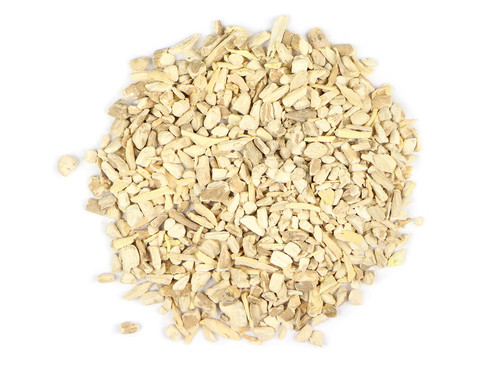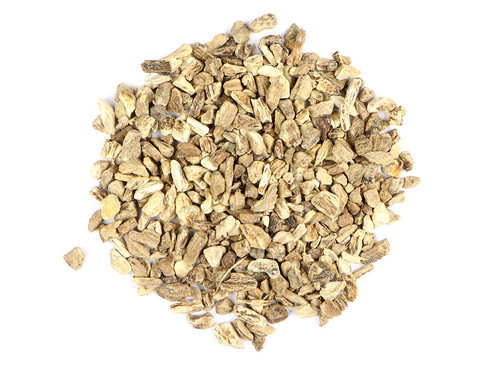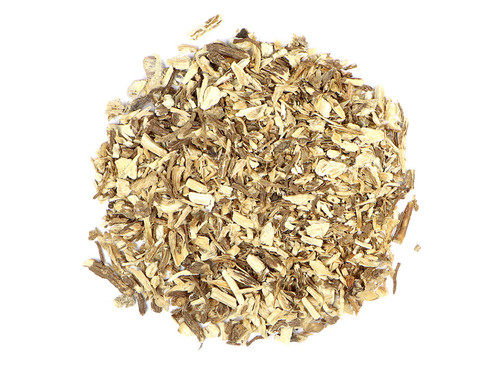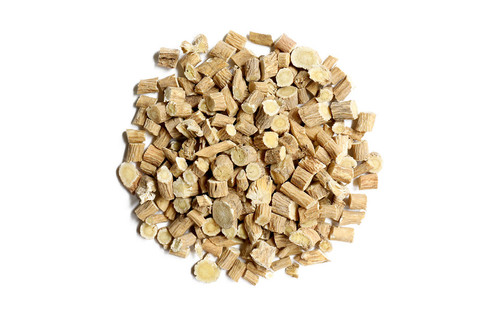Arctium lappa, is carefully cultivated in the Pacific Northwest. This versatile root has a long history of use in Western herbalism and traditional Chinese medicine, valued for its cleansing properties and support for skin health. It is also a popular edible vegetable in Asian cuisine, particularly in Japan, where it is known as gobo.
A biennial member of the Asteraceae family, burdock is native to Europe and Asia and has naturalized in North America and Australia. It grows up to 9 feet tall with pink-red to purple thistle-like flowers and large, hairy leaves. Its deep, carrot-like taproot, which can reach 3 feet, is harvested in the fall of the first year or spring of the second. The plant’s seeds are collected in the fall, and the root is often dried for use.
Burdock has been used for thousands of years in traditional Chinese medicine to support skin health and digestion. In Western herbalism, it has been employed as a diuretic and to promote digestion. The root is commonly cooked to enhance digestibility, while the young leaves and stalks, which taste similar to asparagus, can be eaten raw, cooked, or candied.
Burdock is also used in cosmetics for mature skin and as an ingredient in hair tonics.
The name Arctium comes from the Greek word for bear (arktos), and lappa from the Latin "lappare" (to seize), referring to the rough, hairy burs that stick to surfaces. Common names include burdock and gobo. It is cultivated in China, Japan, Vietnam, Indonesia, the Philippines, New Zealand, the United States, Canada, and parts of Europe. Burdock is often confused with cocklebur (Xanthium spp.), which has different properties. Related species like A. minus or A. tomentosum may also be used.
Precautions
No known precautions. We recommend that you consult with a qualified healthcare practitioner before using herbal products, particularly if you are pregnant, nursing, or on any medications.
This information has not been evaluated by the Food and Drug Administration. This product is not intended to diagnose, treat, cure, or prevent any disease. For educational purposes only.









